Dog laser therapy has become an increasingly popular treatment option in veterinary care. It is a non-invasive, painless, and drug-free method that can help improve your dog’s quality of life by promoting healing and reducing inflammation and pain. Through a process known as photobiomodulation, laser therapy stimulates blood vessel growth, improves tissue oxygenation, and reduces inflammation. As a result, it can be a highly effective treatment for a variety of conditions, including surgical incisions, wounds, skin conditions, arthritis, spinal diseases, nerve damage, and bone or joint injuries.
Laser therapy is often prescribed as a complementary treatment to traditional veterinary care. Each session typically lasts between 10-20 minutes and is tailored to your dog’s specific diagnosis and health history. As the treatment is well-tolerated by most dogs, it can be an excellent option for those with medical conditions that prevent them from taking certain medications or undergoing surgery.
Your Pet’s Health and Happiness Begin Here
Service FAQ
Is dog laser therapy safe?
Yes, dog laser therapy is considered safe and is supported by studies for its effectiveness in pets. Side effects are rare, and the treatment is non-invasive and painless, which makes it a suitable option for most dogs.
How long does a laser therapy session last?
A typical laser therapy session for dogs can last between 10-20 minutes. However, the duration of each session may vary depending on your dog’s specific diagnosis and health history.
What conditions can benefit from dog laser therapy?
Dog laser therapy can benefit a wide range of conditions, including surgical incisions, wounds, skin conditions, arthritis, spinal diseases, nerve damage, and bone or joint injuries.
How does dog laser therapy work?
Dog laser therapy utilizes a small handpiece or “wand” that emits light energy over the affected area of your dog’s body. This light energy stimulates cells, leading to reduced inflammation, improved circulation, oxygenation, joint mobility, and endorphin release.
How often should my dog receive laser therapy?
The frequency of laser therapy sessions depends on your dog’s condition. Chronic conditions may require more frequent initial treatments, tapering off over time. Acute conditions like surgical incisions or wounds may require more frequent treatments until healing is complete.
Can dog laser therapy be used alongside other treatments?
Yes, dog laser therapy can be used as a complementary treatment alongside traditional veterinary care. It can also be a standalone treatment for pets who cannot take certain medications or undergo surgery due to specific medical conditions.
